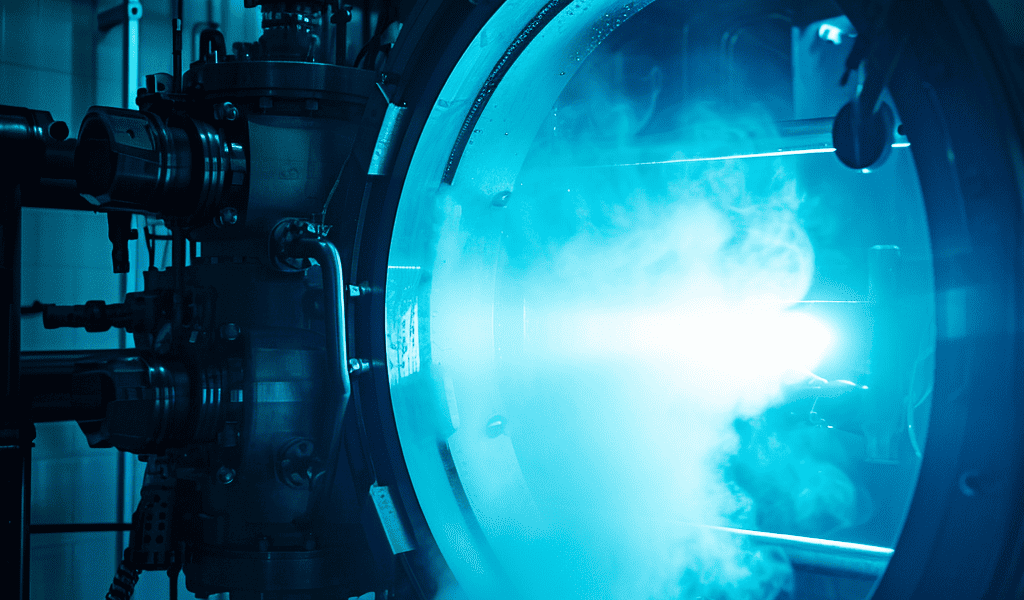Researchers from the University of Copenhagen and spin-out company Ambient Carbon have developed a unique method to remove methane from the air, offering a potential solution to reduce greenhouse gas emissions from sources such as livestock housing, biogas production plants, and wastewater treatment plants. The Intergovernmental Panel on Climate Change (IPCC) has highlighted the significance of reducing methane gas emissions in mitigating the rise in global temperatures, as methane is up to 85 times more potent as a greenhouse gas than CO2.
Matthew Stanley Johnson, an atmospheric chemistry professor at the University of Copenhagen, led the study and presented the research results at COP 28 in Dubai and in Washington DC at the National Academy of Sciences. The new method involves using light and chlorine to eradicate low-concentration methane from the air, with the researchers demonstrating the elimination of 58% of methane from air in their scientific study, and further improving the results to 88% in the laboratory.
The researchers built a reaction chamber, known as the Methane Eradication Photochemical System (MEPS), which accelerates methane’s natural degradation process by introducing chlorine molecules into the chamber with methane gas and shining UV light. This method has the potential to significantly reduce methane emissions from various sources, including cattle and pig barns, contributing to a positive impact on the climate.





